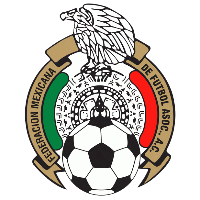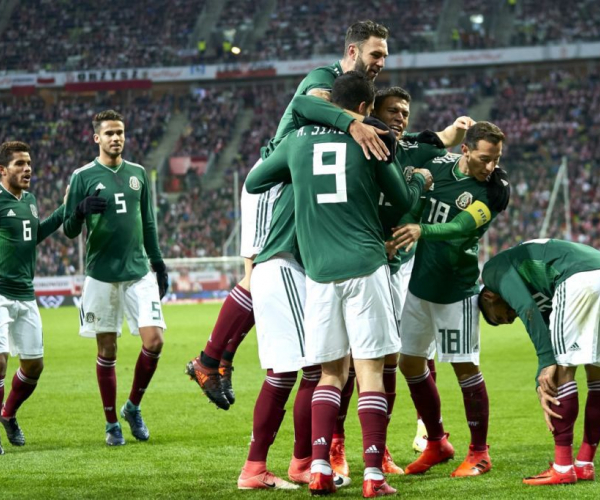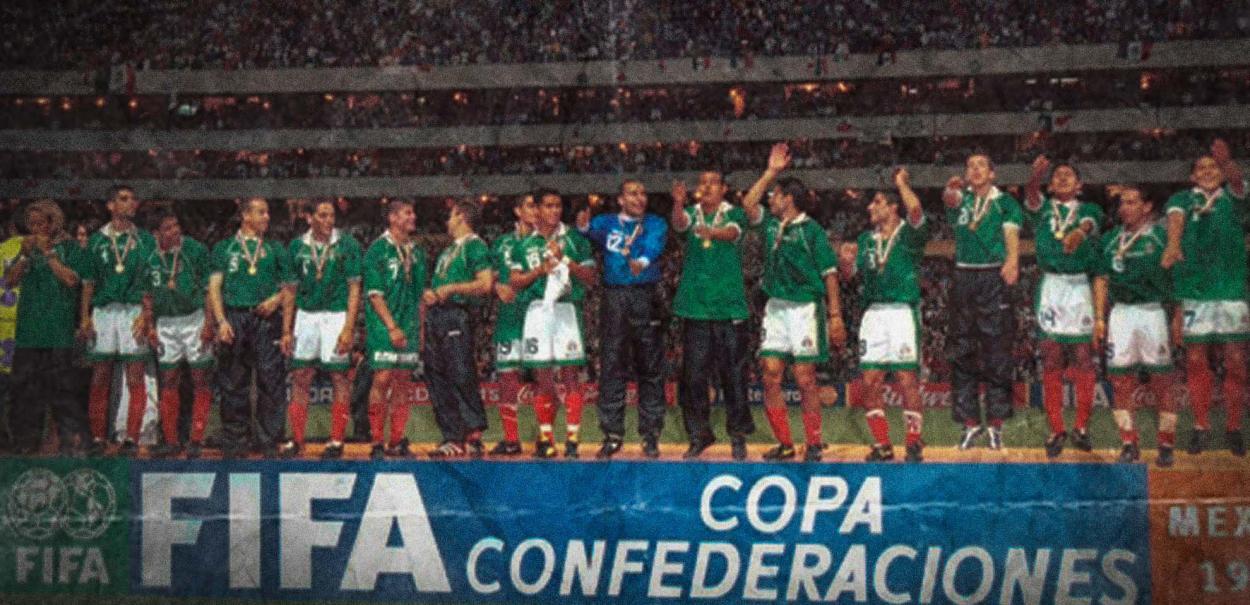
Selección Nacional de México de Fútbol Bio
Bio of Selección Nacional de México de Fútbol

1923 México
The Mexican National Team originated in the 1920's, specifically on December 9, 1923, date to which its first match is attributed. It is organized and directed by the Mexican Soccer Federation, which became affiliated to FIFA in 1923 and is considered among the founding associations of Concacaf in 1963. It is the representative of Mexican soccer in different categories, men's, women's, Olympic, and youth categories from U13 to U21 in men's and women's, as well as the beach and indoor selection.
Central American Power
As a founding member of CONCACAF, the SNM has participated in many of the tournaments created by the confederation. The SNM has won 11 CONCACAF Championships, 1 CONCACAF Cup, 1 FIFA Confederations Cup, and is considered the most successful national team in the region. It also has two NAFC Cup titles and the North American Nations Cup.
During the Central American and Caribbean Games it has won six gold medals, six silver medals and one bronze medal. As for the Central American and Caribbean Games, he has four gold medals, 4 silver medals and 3 bronze medals.
In the Olympic Games it has a gold medal won in London 2012 and a bronze medal in Tokyo 2022. The Mexican National Team is a two-time world champion in the Under 17 category, in Peru 2005 and Mexico 2011.
It has also hosted the FIFA World Cup twice, in 1970 and 1986, where it has achieved its best performances by finishing sixth on both occasions.
Confederations Cup 1999
The championship obtained in the 1999 Confederations Cup is perhaps one of the most important titles in the history of the Mexican National Team, the team led by Manuel Lapuente and made up of players such as Cuauhtemoc Blanco, Rafael Márquez, Claudio Suárez and Luis Hernández is remembered for the great feat of defeating a powerful Brazil in the final of the competition, with a packed Azteca Stadium. The Tricolor managed to beat the 'Scratch du Oro' by a score of 4-3, thus achieving the most important of its titles at senior national team level.
El Tri's path in this competition began in Group A, where they finished in first place, ahead of Saudi Arabia, Bolivia and Egypt, winning against Arabia and Bolivia and tying with Egypt. Subsequently, they played in the semifinals against their fierce rivals, the Stars and Stripes, defeating them by the MINIMUM and thus earning their ticket to the final, where they beat Brazil by one goal, leaving the Aztecs with a 4-3 aggregate score in favor of the Aztecs.

Facilities
CAR
In 2001 the FMF acquired a piece of land owned by Alejandro Burillo Azcárraga, originally called Centro Pegaso de Alto Rendimiento, today it is only known as Centro de Alto Rendimiento. It is located 10 minutes from the Azteca Stadium on the Mexico-Cuernavaca highway and has a surface area of 12 hectares. It consists of three professional fields, two of natural grass and one synthetic, reduced spaces for physical exercises, drag track, sand court, a gymnasium, meeting room and two five-star category hotels, dining room, offices and conference room.
Azteca Stadium
The Coloso de Santa Ursula was built in the 1960's to host the 1970 World Cup. It was inaugurated on May 29, 1966 and was designed by architects Pedro Ramirez and Rafael Mijares. It has been home to the SNM since June 1966, when a friendly match against Tottenham Hotspur was arranged for the World Cup in England. Six months later, in January 1967, the Azteca Stadium hosted its first international match against the Swiss national team.
Although El Tri has played several matches in different stadiums in Mexico, the Azteca Stadium is the site where Mexico's official home matches are played.
The Coloso de Santa Ursula has also hosted two World Cup finals, seeing Brazil crowned in 1970 and Argentina in 1986. It also hosted the final of the U-17 World Cup in 2011, where El Tri was crowned champion.
.jpg)
Uniform
At the beginning of the history of the Mexican National Team, the colors of the flag were not contemplated until 1956, when the nickname "Tricolor" was adopted at the Pan American Championship, alluding to the Mexican flag.
Since then, the first kit has been made up of combinations where green predominates over white and red.
As for the alternate versions, black and white designs with green and red motifs have been used.
Mexico in World Cups
Since the 1930 World Cup, the Mexican National Team has only been absent on four occasions: in Italy 34 it did not qualify, in France 38 it did not participate, in Argentina 74 and Spain 82 it did not qualify again and in Italy 90 it was suspended by FIFA due to the well-known case of the 'cachirules'. It has hosted the tournament twice: 1970 and 1986, where it has achieved its maximum progress in the competition, reaching the quarterfinals,
For the next World Cup in Qatar 2022, the Tricolor has already qualified and will share a group with South Arabia, Poland and Argentina.
For the 2026 edition of the World Cup, Mexico will share the venue with Canada and the United States.
Among its most outstanding players are:
Javier Hernández: current top scorer of the Tricolor with 52 goals.
Jared Borgetti: second top scorer with 46 goals.
Hugo Sánchez: top Mexican soccer player at the international level, he scored 29 goals with the national team.
Guillermo Ochoa and Antonio Carvajal, the former will be equaling 'La Tota' with 5 appearances in World Cups.
News
The SNM is about to play another edition of the World Cup in Qatar 2022 and will do so under the direction of Gerardo Martino. The Tricolor will try to reach the round of 16 again, but first they will have to qualify for the group stage where Saudi Arabia, Poland and Argentina will be their rivals.
